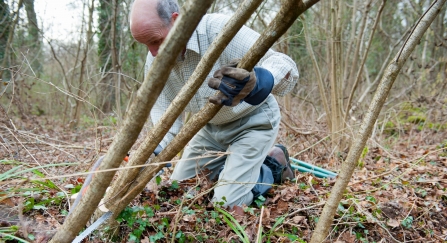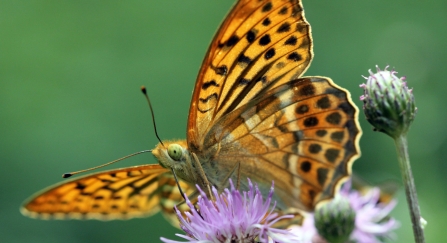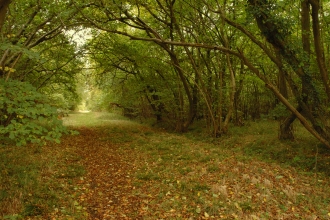It’s winter, and the seasonal work of The Wildlife Trust’s North Bucks reserves team and its loyal band of volunteers has shifted from the fencing, hay cutting and bird hide repairs of summer and autumn, to the felling, cutting and burning of winter.
But why would BBOWT, a charity committed to the protection and preservation of wildlife, be cutting down trees on its reserves?
This seemingly destructive work may appear contradictory to BBOWT’s values at first, however, it forms an essential part of the work undertaken by the Trust in supporting wildlife on its reserves. And here’s why.
Coppicing is the ancient practice of cutting down trees to ground level to stimulate increased regrowth and has been employed throughout history for the purpose of maximising timber yield from an area of woodland to produce charcoal and building materials.
By cutting trees and shrubs down to their base it forces the remaining stump to direct its energy into sending out multiple new shoots. These shoots are then left to mature to a point where multiple stems can be harvested from one stool thus increasing the volume of timber that could be extracted from each individual tree.




